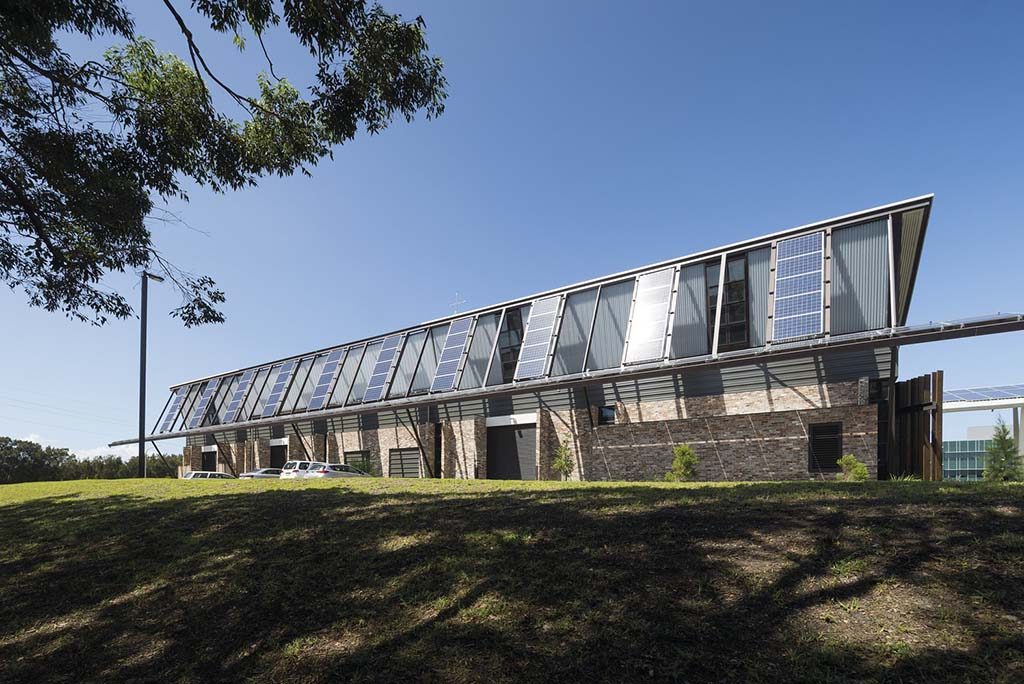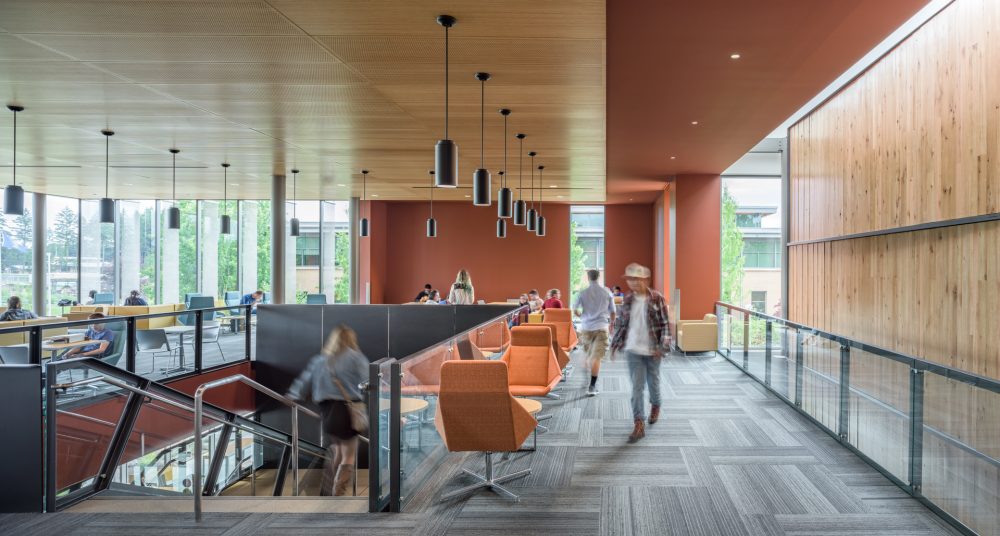As more people embrace sustainable living, the popularity of energy-efficient homes has soared. But what exactly are the pros and cons of making your home energy-friendly? In this article, we will explore the significant benefits and potential drawbacks that come with investing in an energy-efficient home. This knowledge is crucial for homeowners and real estate developers aiming to make informed decisions. Understanding the advantages and disadvantages early can help sidestep the common pitfalls in sustainable home design.
To get started, it is important to understand that an energy-efficient home typically incorporates various eco-friendly technologies. Let’s jump into an overview and understand why this trend is quickly becoming the norm. Whether you’re a homeowner considering a switch or a developer assessing future projects, knowing the ins and outs of energy-efficient homes is essential.

What are Energy-Efficient Homes?
Energy-efficient homes are residences designed with an emphasis on reducing energy consumption. These homes implement advanced technologies and building practices to minimize environmental footprint while contributing to utility savings. Whether it’s through improved insulation, energy-efficient appliances, or renewable energy sources, energy-efficient homes aim to preserve resources and promote sustainability.
The Benefits of Energy-Efficient Homes
Cost Savings
One of the most appealing benefits of energy-efficient homes is the potential for cost savings. By incorporating energy-saving appliances and technologies, homeowners can significantly cut down on utility bills. For developers, this also adds an attractive selling point.
Increased Property Value
Investing in energy-efficient features can increase a homes market value. Buyers are often willing to pay a premium for homes that promise lower operational costs. Explore LEED certification strategies to add even more value to your projects.
Environmental Impact
Sustainability is at the heart of energy-efficient homes. By reducing energy consumption, these homes emit fewer greenhouse gases and contribute to a positive environmental change. It’s a step forward in combating climate change and conserving natural resources.
Challenges of Energy-Efficient Homes
Initial Construction Costs
While operational savings are a long-term benefit, the initial costs for integrating these technologies can be significant. This can be a hurdle for budget-conscious homeowners and developers. Consider exploring common mistakes in crafting budget-friendly sustainable plans.
Technology Dependence
Energy-efficient homes often rely heavily on technology, from smart thermostats to solar panels. This dependence can lead to increased maintenance tasks and potential technical failures. Planning ahead with green construction steps can mitigate these concerns.
Design Limitations
Another potential downside is the limitation in design aesthetics. The use of specific materials and orientation might constrain design choices. However, innovation in the field offers numerous options for customization without compromising functionality.
Balancing Pros and Cons
While there are evident challenges, the benefits often outweigh them, especially with thoughtful planning. Here are a few suggestions for balancing the pros and cons:
Prioritizing Effective Planning
Prioritizing planning can ease many of the challenges associated with energy-efficient homes. A well-defined strategy accommodates budget constraints and design preferences without sacrificing efficiency.
Utilizing Available Resources
Numerous resources are available to aid in the transition to an energy-efficient home. Online tools like calculators and guides, such as those from Cemex Ventures, provide valuable insights.
Governments and Energy-Efficient Homes
Governments worldwide are playing a big role in promoting energy-efficient housing. Through incentives like tax credits and rebates, the transition becomes more affordable and appealing for everyone. Keep an eye on national and local regulations for upcoming benefits.
FAQ Section
Do energy-efficient homes cost more to build?
Initially, energy-efficient homes can be more expensive to build due to the specialized technologies and materials used. However, the savings on energy bills and increased property value can offset these costs over time.
Are energy-efficient homes worth the investment?
Yes, for many homeowners and developers, investing in energy-efficient homes is worth it due to long-term savings, increased property value, and environmental benefits.
What features make a home energy-efficient?
Common features of an energy-efficient home include high-quality insulation, energy star-rated appliances, solar panels, efficient windows, and smart home technologies.

Conclusion
In conclusion, energy-efficient homes present an exciting opportunity for modern living. Despite the challenges, the long-term benefits, both financial and environmental, make them a viable option for the future. By understanding the pros and cons of energy-efficient homes, homeowners and developers can make informed choices that align with their economic goals and sustainability values.
This article contains affiliate links. We may earn a commission at no extra cost to you.


